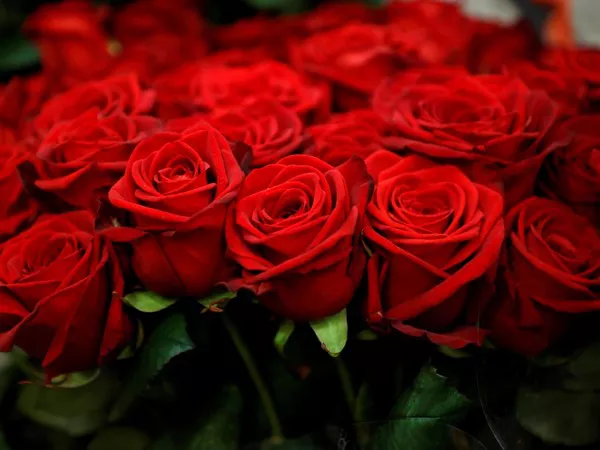Artificial flowers have long been a topic of debate among consumers and floral enthusiasts. While some argue for the convenience and longevity of artificial blooms, others swear by the natural beauty and fragrance of real flowers. One of the key factors that often comes into play when deciding between artificial and real flowers is the cost. In this article, we will delve into the question: Are artificial flowers really cheaper than real ones?
Understanding the Initial Cost
When comparing artificial flowers to real ones, it’s essential to consider the upfront cost. Artificial flowers typically have a higher initial cost than their real counterparts. This is because artificial flowers are made from materials such as silk, polyester, or plastic, which incur manufacturing expenses. Additionally, high-quality artificial flowers may be crafted to mimic the intricate details of real flowers, further adding to their production cost.
On the other hand, real flowers are harvested from plants and require careful cultivation, transportation, and handling. Factors such as seasonality, availability, and demand can impact the price of real flowers. Additionally, real flowers have a limited lifespan and may wilt or perish shortly after purchase, necessitating frequent replacements.
Long-Term Cost Considerations
While artificial flowers may have a higher initial cost, they offer long-term savings compared to real flowers. Artificial flowers are durable and can last for years with proper care. Unlike real flowers, which wilt and require regular replacement, artificial flowers maintain their appearance over time, eliminating the need for continuous expenditure.
Moreover, artificial flowers are not subject to seasonal fluctuations or availability issues. With artificial flowers, consumers have access to a wide range of blooms year-round, regardless of the season or geographic location. This availability ensures consistent pricing and eliminates the premium often associated with rare or out-of-season real flowers.
Maintenance and Care
Another aspect to consider when comparing the cost of artificial and real flowers is maintenance and care. Real flowers require ongoing care to preserve their freshness and beauty. This includes watering, pruning, and protecting them from adverse environmental conditions.
In contrast, artificial flowers are low maintenance and require minimal care. Dusting or occasional cleaning may be necessary to maintain their appearance, but they do not require watering or special handling. This reduced maintenance translates to additional savings in terms of time and effort for consumers.
Customization and Versatility
One of the advantages of artificial flowers is their versatility and customization options. Artificial flowers come in a variety of colors, shapes, and sizes, allowing consumers to create custom arrangements tailored to their preferences and decor.
Additionally, artificial flowers can be reused and repurposed for different occasions or settings, providing added value for consumers. Whether it’s a wedding, special event, or home decoration, artificial flowers offer flexibility and longevity, making them a cost-effective choice in the long run.
Environmental Impact
When evaluating the cost of artificial versus real flowers, it’s essential to consider the environmental impact of each option. Real flowers are biodegradable and contribute to ecosystem health when disposed of properly. However, the cultivation and transportation of real flowers can have significant environmental consequences, including deforestation, habitat destruction, and pesticide use.
Artificial flowers, while non-biodegradable, have a lower environmental footprint in terms of water usage, carbon emissions, and chemical inputs. Additionally, the longevity of artificial flowers reduces the need for frequent replacements, further minimizing waste.
Conclusion
The cost comparison between artificial and real flowers involves various factors, including initial cost, long-term savings, maintenance, customization, and environmental impact. While artificial flowers may have a higher upfront cost, they offer significant savings over time due to their durability and low maintenance requirements. Additionally, artificial flowers provide versatility, customization options, and environmental benefits that make them a compelling choice for consumers looking for an affordable and sustainable floral solution. Ultimately, the decision between artificial and real flowers depends on individual preferences, budget considerations, and environmental priorities.

